The start of September 2025 brought our Anniversary Herb Walk.
The first Cotswold Herb Centre herb walk took place on the first Saturday in September, 2024. Twelve months, and twelve herb walks on, we are able to see how things have changed through this past year.
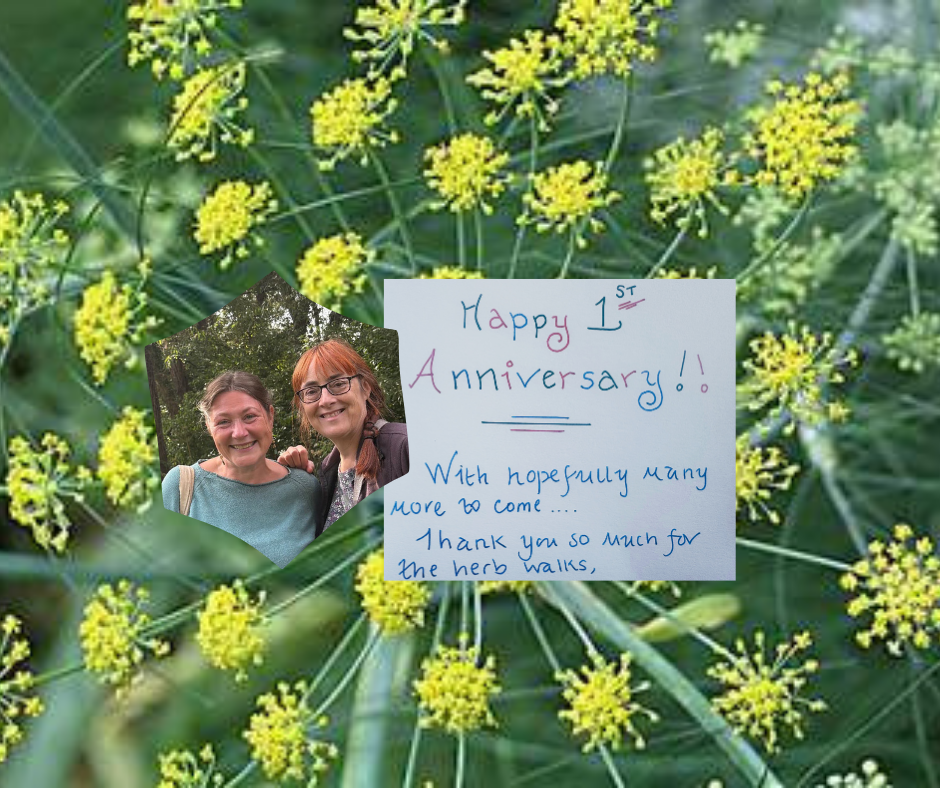
We now have official confirmation that 2025 was the hottest summer on record for the UK. High-pressure systems dominated bringing clear, cloudless skies and abundant sunshine. Unusually warm seas and dry spring soils together created a high level of accumulated heat which went into the air rather than being used up through evaporating moisture.
The impact on our herbs and hedgerows is clearest in the mass of berries and seeds that arrived exceptionally early. We were picking blackberries by the end of June, sloes in August, and have you seen the number of apples and the size of acorns? The only crop that doesn’t seem supersized this year is the conkers, but that’s because horse chestnuts are having their own sad issues.
You’ve probably been hearing the term ‘mast year’ mentioned a lot, referring to the overproduction of seeds and fruit. Though such abundance gives an initial impression that nature is thriving, the opposite is more normally the case. The natural reaction plants and trees have to throw all their energies into reproduction is a response to them feeling threatened. It is a sign of stress.
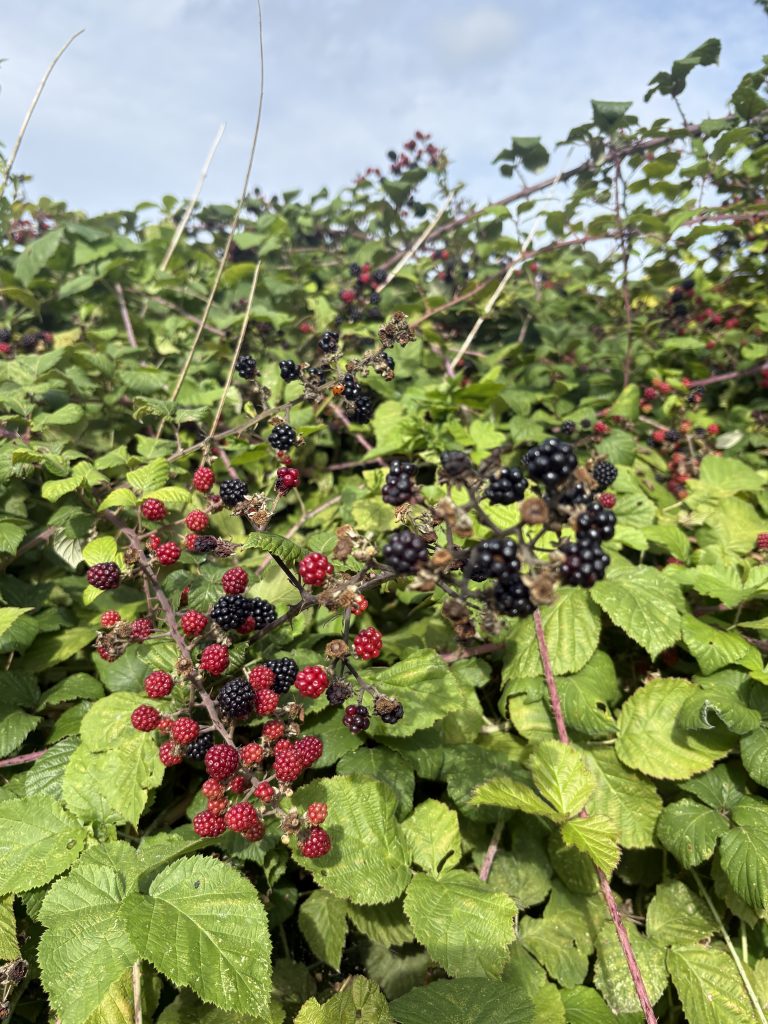
While the basketfuls of berries we’ve been able to gather from over-burdened hedgerows may seem like a bumper harvest, plenty to share around, the reality is one of future scarcity. With this harvest arriving so early, everything’s piled in at once, the many creatures who rely on these crops to put on their winter stores of fat can’t gather it all, and will struggle to eek it out through to next spring, many long months away. The furry folk of Brambly Hedge will be frantically scrambling to fill their larders and jars, running out of bottles, exhausting themselves. It’s too much all together.
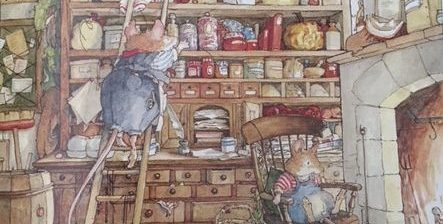
We’d typically expect to be gathering blackberries through September, the traditional last day of gathering being Michaelmas Day, 29th September, after which it is said the witches fly along the hedgerow tops and piss on them, which may be enough to put you off gathering! This year, we struggle to find any decent blackberries left even at the beginning of September, despite the jammy residue of scent they leave in the air.
The same was true of most the herby friends we sought out on our anniversary walk. Remembering last year the joy of finding meadowsweet in bloom and cow parsley’s spicy seeds these were the seasonal markers we could expect.
Of course they were there, but this September, they’re looking a bit different.
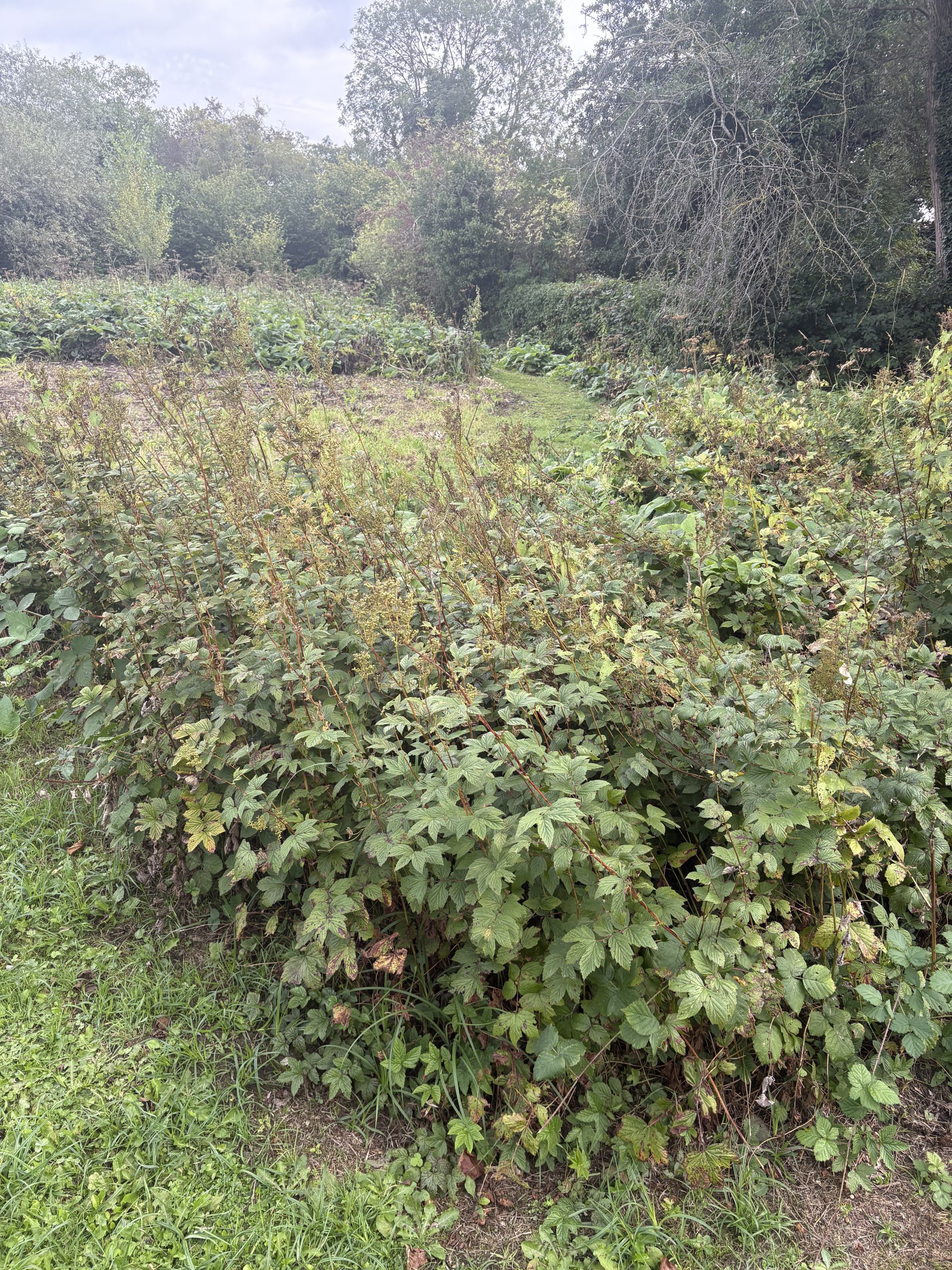
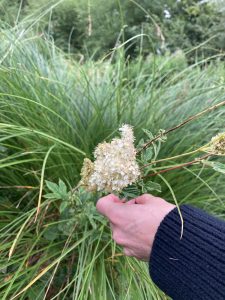
One of the first rules of foraging is
‘always watch someone else taste things before you try them!’
Thankfully we have taste expert Dr Viv on our herb walks. As a herbal researcher who specialises in blending flavours to create the best herbal teas, she is our guide to many of the wild options available to nibble. Perhaps its because some of these raw flavours are so unusual to us, or maybe because they are absolutely pure – unblended, unadulterated – it often takes only a tiny amount to get a real sense of what we’re trying. Some pack quite a punch.
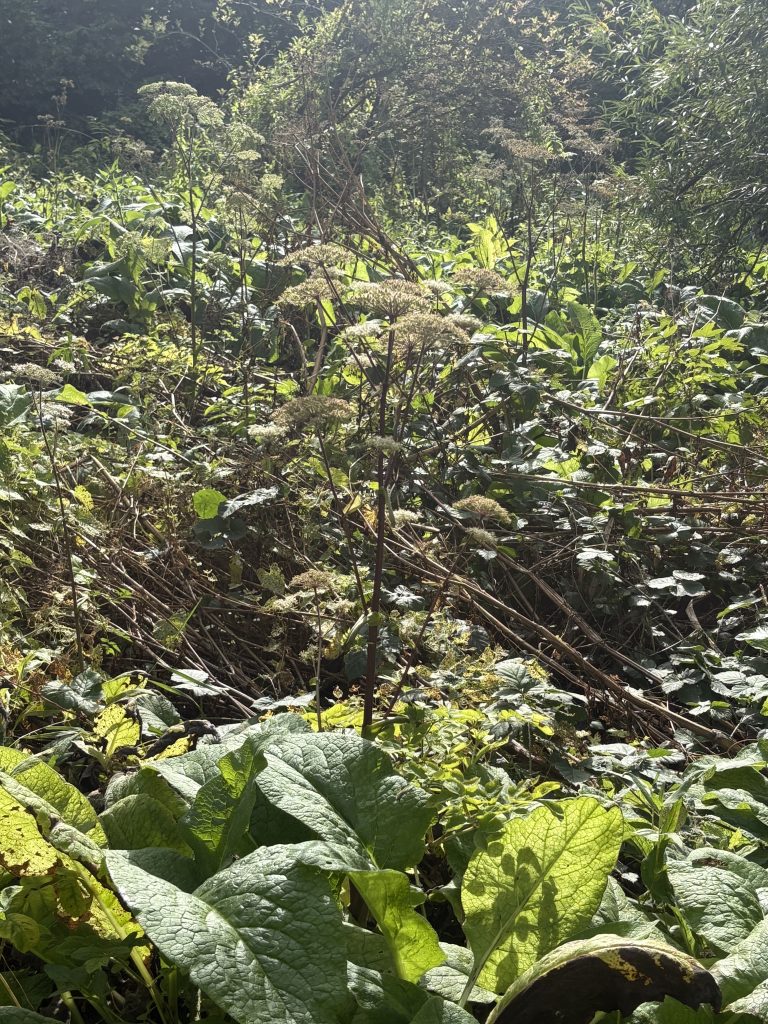

It was with caution, therefore, that we learnt what puts the ‘sweet’ into meadowsweet; and why cow parsley seeds provide a good substitute for cardamom.
Closer to the ground was another strongly-flavoured treat: ground ivy. With a common name of ‘alehoof’ you can guess what she was used for. There are many herbs that would be used to flavour ale before hops were introduced. Known for an aromatic presence (she’s in the mint family) and evergreen leaves, ground ivy uses her rhizomes to spread far. Here she is tucked under the board walk so only the beady eyed are likely to notice her. The bees will though, appreciative of the nectar in her violet flowers.
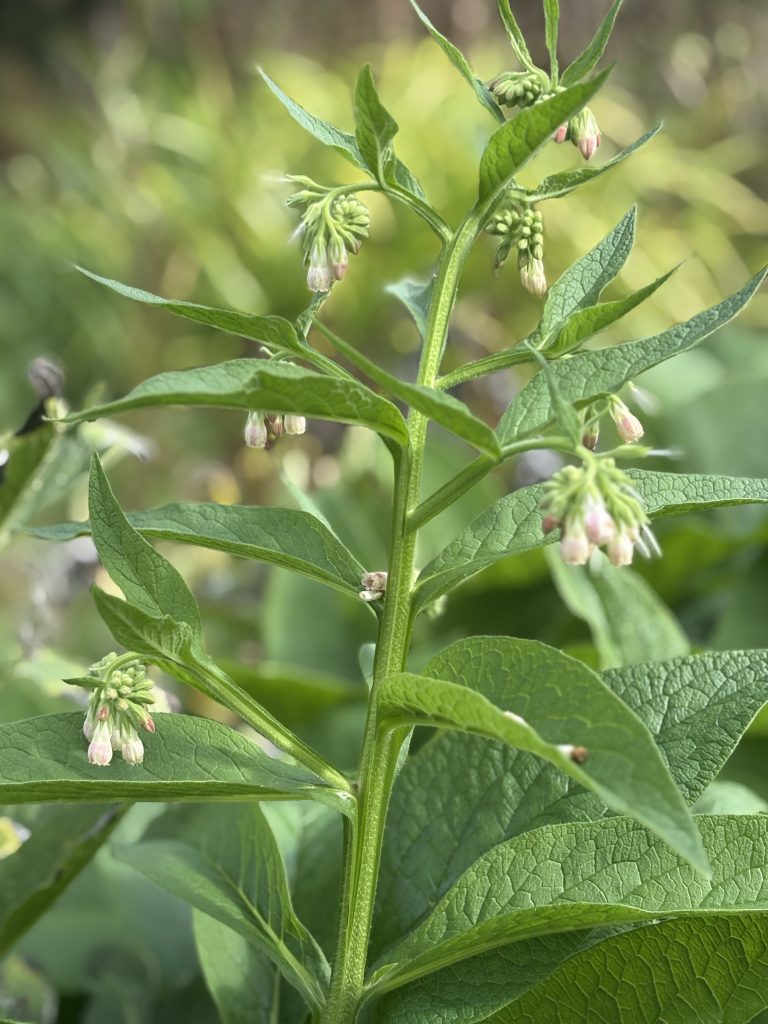
Comfrey is the star of this nature reserve, dominating the space with her large, rough leaves and graceful flower heads. She’s great for adding to compost – gather the leaves to add to the mix, or use them to make a compost tea (for the plants, not the teapot) by steeping in water. Leave for about six weeks then strain off and use, at about 10:1 dilution to feed goodness to your garden plants. Best not to use on houseplants, because it is quite stinky.
–
Like the blackberries, the elderberries came and went fast. Normally our markers of the end of summer, but we certainly weren’t ready to say goodbye to summer when they arrived this year.
Taking our lead from Brambly Hedge, we’ve been filling bottles and jars with all the goodness of the hedgerow.
Elderberry Rob
Our rob recipe is featured in this year’s Cotswold Herb Centre calendar. It works with blackberries or elderberries, or a blend. Simply boil them up (certainly necessary for elderberries, and advisable for blackberries) and then strain and simmer the resulting liquid with your choice of spices – cinnamon, cloves, ginger. Once cool, pour into bottles and keep in the fridge. Or you could freeze a quantity bring out as a much needed dose of vitamin C later in the midst of winter.
Haw Ketchup
If you’re looking for an addition to the dinner table, now is the perfect time to gather haws to make your own ketchup. Simmer them in a 50:50 blend of water and vinegar for about half an hour, then strain through a sieve (that’s the fiddly bit) and return your pulp to a pan with sugar and spices. When cool put in a bottle and use as you would HP sauce. It’s great on a burger!
Sloe Gin
With all the berries abundant this year it’s a good opportunity to try lots of recipes. Both haws and sloes work well steeped with sugar in alcohol to create a warming tipple you’ll appreciate at Christmas. Recommend brandy for haws and gin for sloes. You could add some elderberries with them too, though I prefer to save all the elderberries I can to make my favourite red hedgerow wine. Blackberry is the classic red hedgerow wine, but can be quite heavy, elderberries are far more quaffable.
–
Other plant treasures at Rackleaze include a sea of pink flowered bistort, loving the damp. Also mini carpets of silverweed, a plant considered a life-saver at times of famine because the rhizomes are packed with carbohydrate. And nestled among these silvery leaves a miniature crop of mushrooms, autumn has begun.
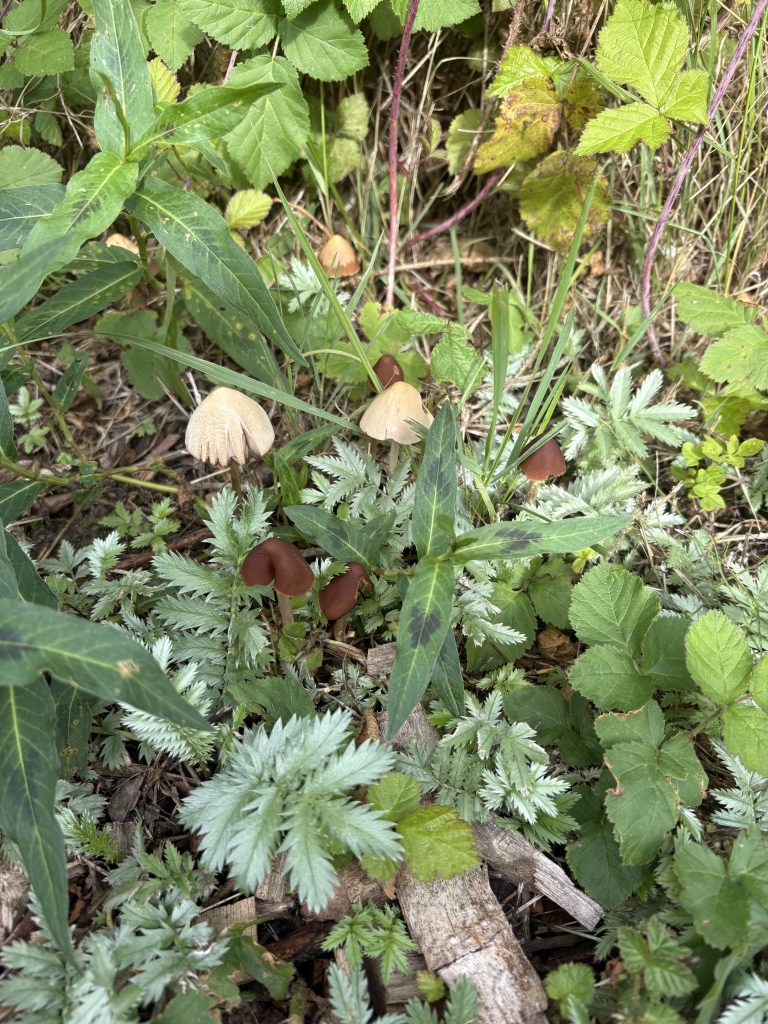
Join us for our next herb walk at the beginning of October – Saturday 4th, 10am – we’ll meet at St George’s Church, Upper Cam to explore all the autumn finds around the churchyard.
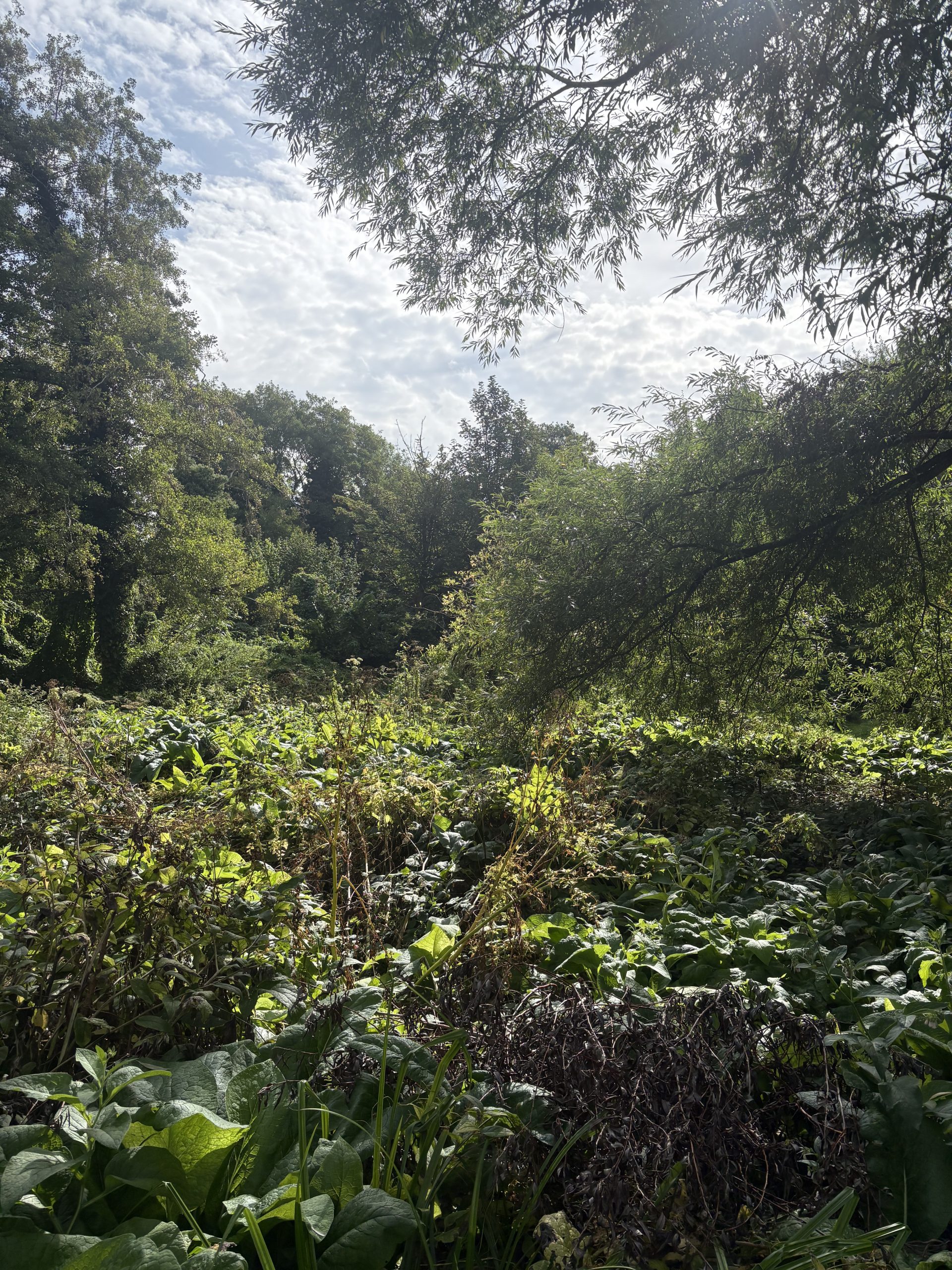
Leave a Reply